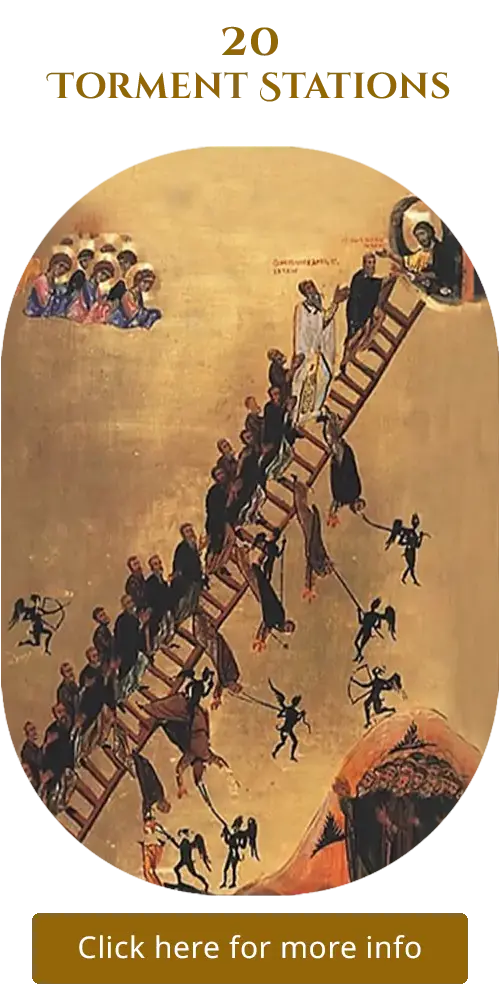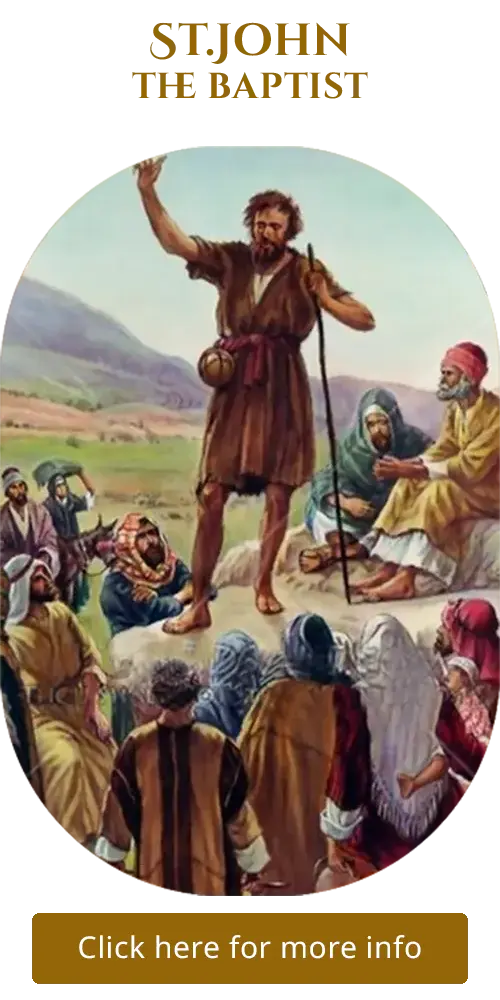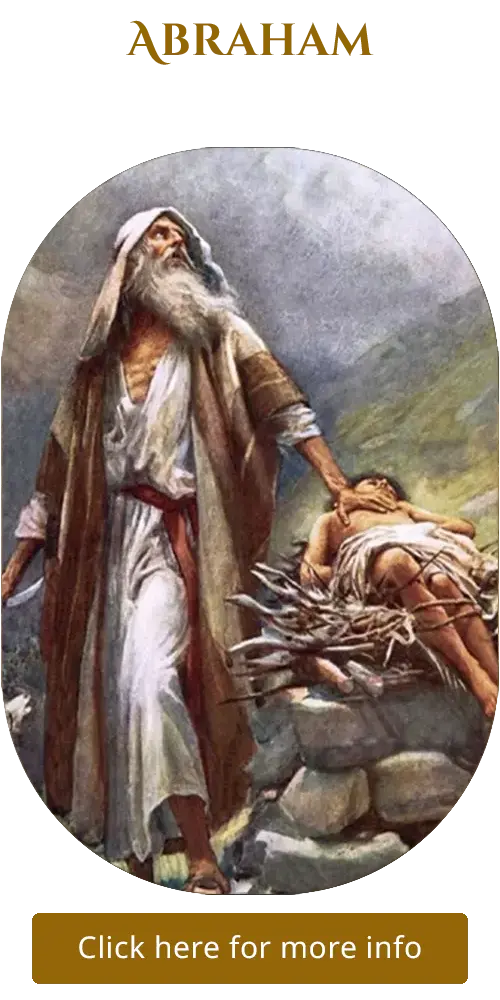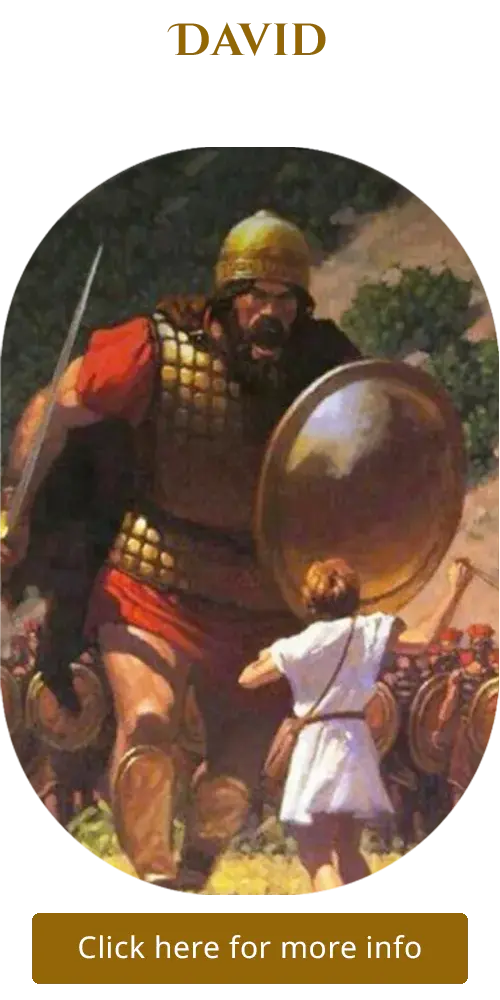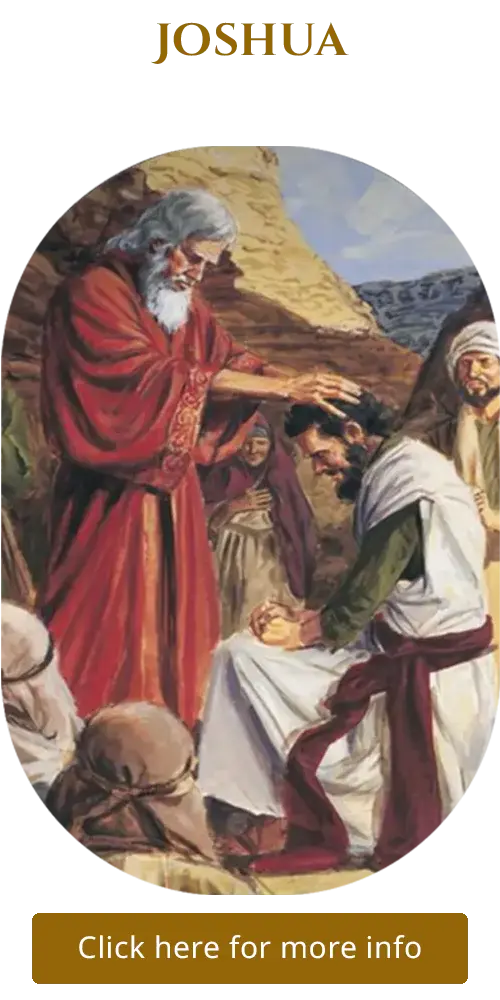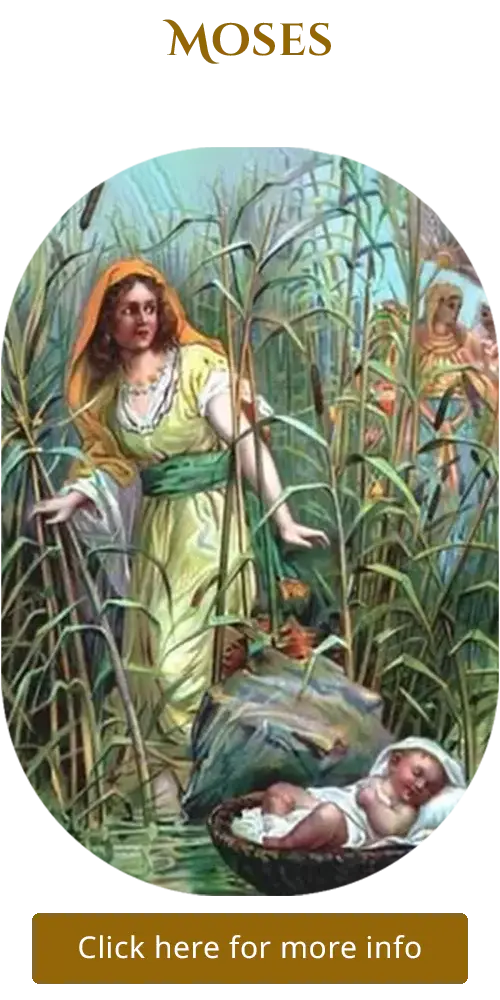St. Barthlomew
Outside Paintings - North Wall
Moses: The Deliverer and Lawgiver of Israel
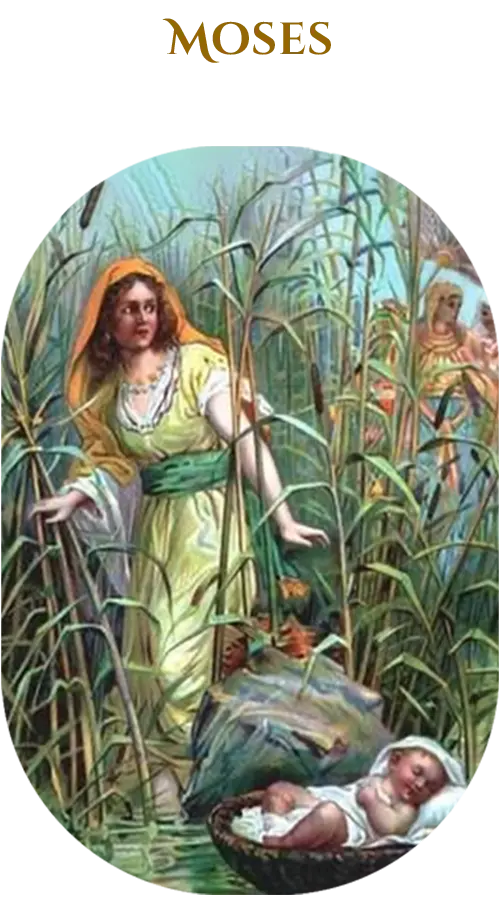


Reference: Exodus 2–14, 19–20, 32–34, Numbers 13–14, 20, Deuteronomy 31–34
As the leader who delivered the Israelites from Egyptian slavery, received the Ten Commandments, and guided the nation toward the Promised Land, Moses is central to the Torah.
Early Life in Egypt
Moses was born around 1400 BCE to Amram and Jochebed, from the tribe of Levi, during a time when the Israelites were enslaved in Egypt. Pharaoh, fearing the growing Hebrew population, ordered all newborn Hebrew males drowned in the Nile. To save him, Jochebed placed Moses in a papyrus basket among the Nile’s reeds, where he was found by Pharaoh’s daughter. She adopted him, naming him Moses (“drawn out” in Hebrew, possibly echoing Egyptian names like Thutmose) and raised him in the royal court. His sister Miriam watched over him, ensuring his mother could nurse him as a hired wet nurse.
As a young man, Moses identified with his Hebrew roots. Witnessing an Egyptian beating a Hebrew, he killed the Egyptian and hid the body. When Pharaoh learned of this, Moses fled to Midian, a desert region, at about age 40. There, he married Zipporah, daughter of Jethro (also called Reuel), a Midianite priest, and had two sons, Gershom and Eliezer.
The Burning Bush and Call to Leadership
While tending Jethro’s flocks near Mount Horeb (likely Mount Sinai), Moses encountered God in a burning bush that did not consume. God revealed His name, YHWH (“I AM WHO I AM”), and commissioned Moses to lead the Israelites out of Egypt, promising to deliver them to a land “flowing with milk and honey”. Hesitant due to his lack of eloquence and fear of rejection, Moses received divine signs (e.g., a staff turning into a snake, a leprous hand) and God’s assurance that his brother Aaron would assist as spokesman. Moses returned to Egypt, confronting Pharaoh with God’s demand: “Let my people go”.
The Exodus and Plagues
Pharaoh’s refusal to free the Israelites triggered ten plagues, demonstrating God’s power over Egypt’s gods: water turning to blood, frogs, lice, flies, livestock disease, boils, hail, locusts, darkness, and the death of firstborn sons. The final plague led to the Passover, where Israelites marked their doorposts with lamb’s blood, sparing their firstborn. Pharaoh relented, and Moses led approximately two million Israelites out of Egypt after 430 years of sojourn.
At the Red Sea (or Sea of Reeds), God parted the waters, allowing the Israelites to cross on dry ground while drowning Pharaoh’s pursuing army. This miracle solidified Moses’ leadership and Israel’s faith in God. Scholars debate the location (possibly Yam Suph, a marshy area) and nature of the crossing, with some suggesting a natural wind-driven event amplified theologically, while others accept a supernatural miracle. Papyrus Anastasi V mentions Egyptian pursuit of fugitives near Pi-hahiroth, aligning with Exodus’ geography.
The Wilderness and the Law
Moses led the Israelites through the wilderness toward Mount Sinai. God provided manna, quail, and water from a rock to sustain them. At Sinai, Moses ascended the mountain, receiving the Ten Commandments and the Law. The covenant established Israel as God’s chosen nation, with laws governing worship, ethics, and social life. Moses mediated the covenant, sprinkling blood on the people.
However, the Israelites’ idolatry with the golden calf led to Moses breaking the stone tablets in anger. After interceding for Israel, he received new tablets. His face shone from God’s presence, requiring a veil. For 40 years, Moses led Israel through the wilderness, facing rebellions (e.g., Korah’s revolt) and personal failures, like striking the rock at Meribah instead of speaking to it, which barred him from entering Canaan.
Final Acts and Death
In Deuteronomy, Moses delivered farewell speeches, recounting Israel’s history and urging covenant faithfulness. He appointed Joshua as his successor and composed a song and blessings for the tribes. At age 120, Moses climbed Mount Nebo in Moab, viewed the Promised Land, and died. God buried him in an unknown location, preventing idolatrous veneration. “No prophet has arisen in Israel like Moses, whom the Lord knew face to face.”
Significance
In the Eastern Orthodox Church, Moses stands as one of the greatest figures of the Old Testament – a prophet, liberator, and mediator between God and His people. His life exemplifies faith, obedience, and intimacy with God, foreshadowing Christ, the ultimate deliverer, and anchoring his place in salvation history.
Moses’ life calls Orthodox Christians to trust in God’s providence, obey His commandments, and seek communion with Him through prayer and repentance. As a prophet who saw God’s glory and prefigured Christ, the ultimate deliverer, Moses points believers to the fulfilment of God’s redemptive plan.

